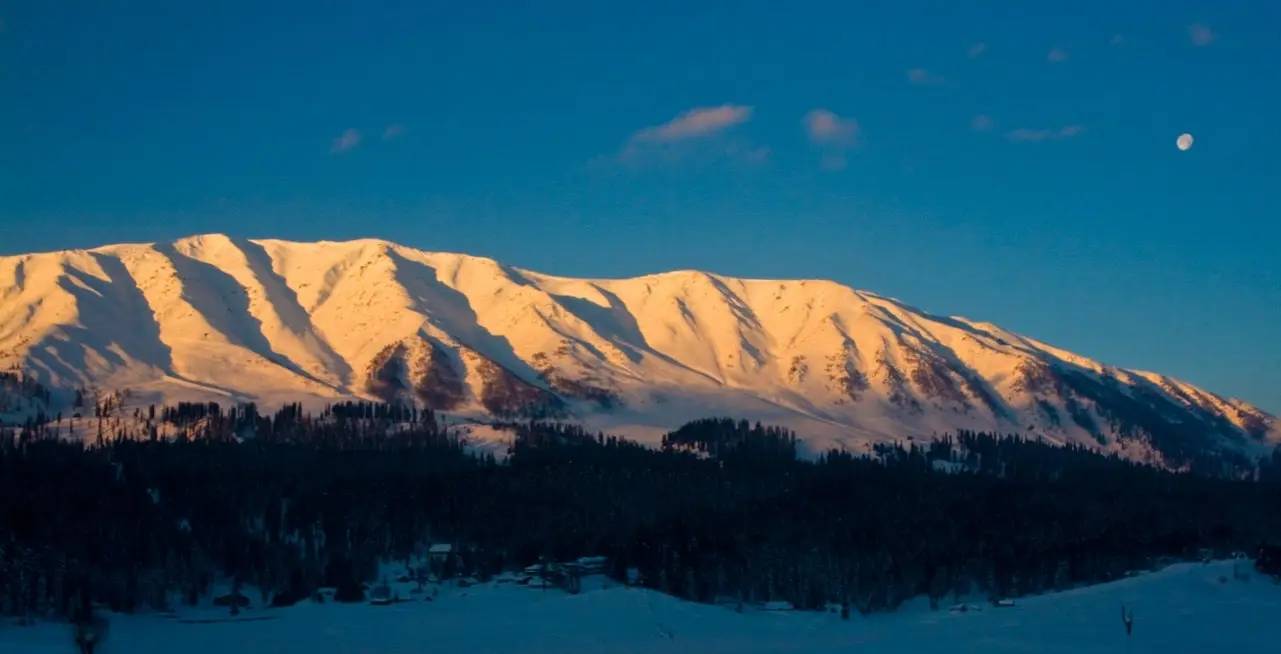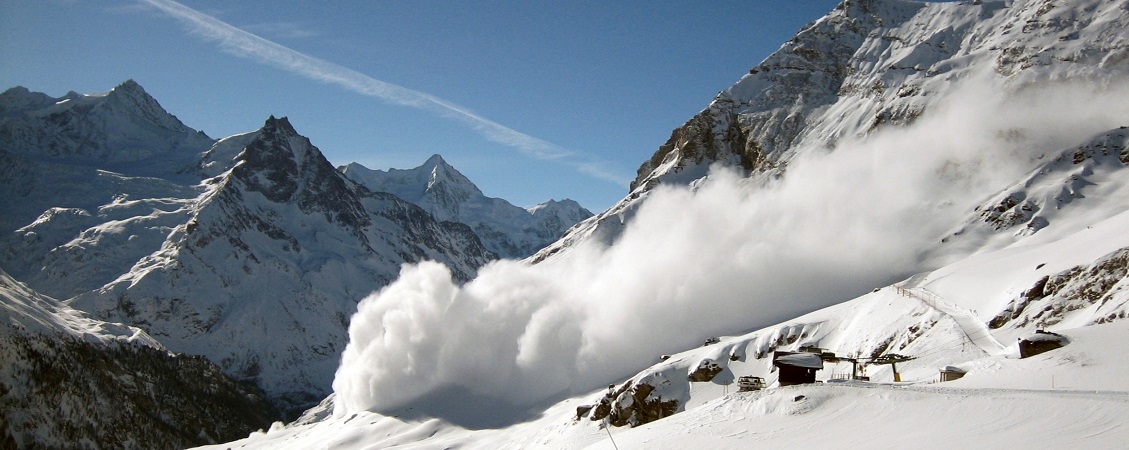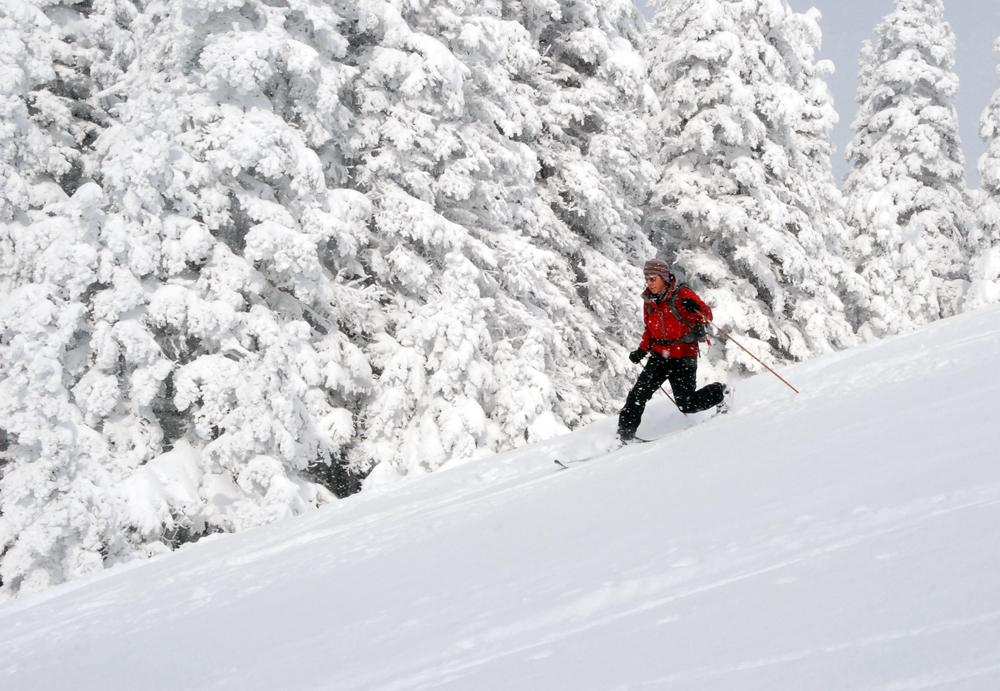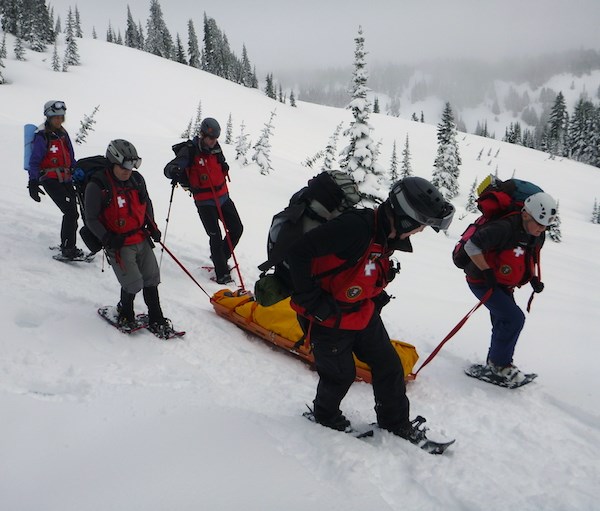
The most complete website about Gulmarg Ski Resort
ADVICE FOR BACKCOUNTRY SKIING AND AVALANCHE SAFETY

Skiing in Gulmarg can be exciting by itself but once the normal pistes and regulated slopes are no longer enough, it may be tempting to go exploring other sides of the mountain, find virgin spots with no tracks and no people, dare to brave the wilderness and be a pioneer.
But backcountry skiing can be just as risky as it is exciting so it is important to keep in mind the inherent danger and be as prepared as possible.
Here we have compiled some tips to help you get ready:
BEFORE
Take a course
The most important tip is that you take a backcountry skiing course and an avalanche security course, only through expert instruction will you learn all the necessary skills to safely ski in unregulated terrain, there you can learn to use your avalanche kit (probe, shovel, transceiver, abs backpack), safety techniques, rescue protocols and more.
Backcountry Access has an incredibly comprehensive gallery full of instructional videos, be advised that watching them is not an appropriate substitute for taking a course, but it can still be a good idea to watch them and learn a bit a bit of avalanche prevention and rescue beforehand.
Get the gear
Gear can make or break a skier, in Gulmarg there is a large variety of skiing and snowboarding equipment that you can rent, but if you want to bring your own be sure to get the best you can, think of it as an investment, once you get some quality gear it will remain useful for seasons to come. If you plan to go skiing backcountry be sure to get at least the basics (shovel, probe, transceiver, abs backpack and cartridge) that way you will be a bit prepared to fight back or aid in the rescue of others.
Train your endurance
Before going to the mountains, especially backcountry where you will probably have to hike snowy inclines, train your endurance, this will make it easier to get to best spots and then enjoy the ride down, as you will have more energy and be less fatigued. It will also allow you to complete more runs. We recommend starting at least 3 months before the trip, squeeze in at least 30 minutes of continuous cardio exercise at least 5 times a week. This will see you improve your oxygen intake and efficiency, as well as your heart rate and frankly a plethora of other health benefits beyond skiing.
Tell people where you're going
Some people take this as an invasion of privacy, asking why do they need to divulge their plans, but is one of the best safety advice out there, letting people know where you´re going and what you´re doing might save your life, as they will be able to notice your absence, keep and eye on you and assist in finding and rescuing you. This advice is not good just for skiers, but for everyone in every occasion.
Keep in touch with the weather
Using Google or any other local tool to keep track of the weather can save you a lot of trouble, be aware of upcoming storms, rains or other troublesome weather conditions; and if available for the area you´re skiing; take a look at the daily avalanche report, for gulmarg you may follow Gulmarg Avalanche and Advisory and be avised of the avalanche risk before setting out.
DURING

have a guide
we always recommend hiring a guide when skiing, not only are they familiar with the best and worst spots in the mountain, they also have experience navigating it on a daily basis, aware of risk zones and how to avoid them. This is incredibly important when skiing the Himalayas, since 90% of it is considered backcountry skiing. The guides are usually trained and capable of coordinating rescue efforts in case of avalanche and you can never underestimate the added value of having a brush with the local culture through a native guide or instructor.
Check your gear
It is usually a good idea to keep a checklist of all the gear you will need when moving out to the snow, especially if you´ve just started skiing. But beyond the basic suits, googles, poles and skis, if you will be skiing in backcountry or unregulated terrain it is important to remember taking your shovel, probe, transceiver, ABS backpack (if possible), and of course learn to use them.
Check that your shovel is secured to you but easy to access, check your probe bindings are not broken, do a quick check of transceivers with your ski party before departing, verify they are capable of sending and receiving their signals with each other. If you have Walkie talkies or any communication device test them and agree on their frequency. TURN OFF your cellphones, they can often interfere with transceiver signals.
Walk in groups, ski one at a time.
Go together at a prudent distance, if an avalanche is triggered those further back will have a chance to escape and then assist in rescuing the others.
When skiing down, go one at a time and keep your tracks close together, if one skier already completed a descent with no danger, then skiing that part of the snow is safer than exploring new areas by yourself.
Respect the Mountain
Don´t do anything that can trigger an avalanche on purpose, that includes avoiding really loud noises, playing with rocks or debris and breaking ice or snowpack on purpose. Always be aware of your environment and your own limitations, don´t go farther than you can take, learn to listen to your guides (they know the mountain much better than you) and always remember that you´re at risk, keep your senses active.
AFTER

Run to the sides
When an avalanche starts to come down your first instinct might be to try and run away from it, but no matter who you are it is impossible to outrun an avalanche in full gear, so it's best to run to the side of it, to escape the fastest heaviest snow at the center of the avalanche.
Hold onto trees
But don't climb them! it will spend your energy and you´re probably not fast enough climbing in full ski gear to outpace the avalanche. Be mindful that this would only help if you´re at the edges of the avalanche, close to the center the snow is usually strong enough to carrey away boulders, so holding onto anything against that force might be impossible, in that case is better to follow the advise below.
Swim the snow
If dragged try to swim, making swimming motions to try to stay up might help avoiding being buried or at least not so deep, this is important because your body is way more dense than snow, so it will probably tend to sink down, which is something you want to avoid.
If you are dragged away too violently, try to keep one hand up, if lucky you will not be buried so deep and the hand might mark the spot for rescuers, keep another hand near your face, you may need to use it to open an air pocket in the snow quickly after you stop moving, this will increase your breathing time a bit which may be all the difference when getting rescued.
Stay Calm
We know, this is easy to say when not currently under tons of snow but remember you only have around 20 minutes to breathe when you are under the snow before the air you have becomes saturated with CO2 from your breath, so if you panic and start breathing rapidly that saturation will happen much faster and end up suffocating you.
Try to remain in control of your breath and thought, breath slowly and count the breaths in your mind, try to distract your mind by doing a body check, that is try to move your fingers, wiggle your feet slightly, then your legs, your shoulders, chances are you wont be able to move much or at all in the snow but the attempt will distract you, while letting you know if you have any fractures or injuries so you can inform your rescuers.
SUMMARY
The most important tips to keep in mind when backcountry skiing:
-
Take a course and get proper instruction
-
Get the right equipment and make sure it works before skiing
-
Always do it in groups, all with proper training
-
Don´t try to outrun an avalanche, try to sidestep it
-
If carried away use your equipment as intended and try to "swim" up
-
If buried remain calm, it is now up to the guy upside